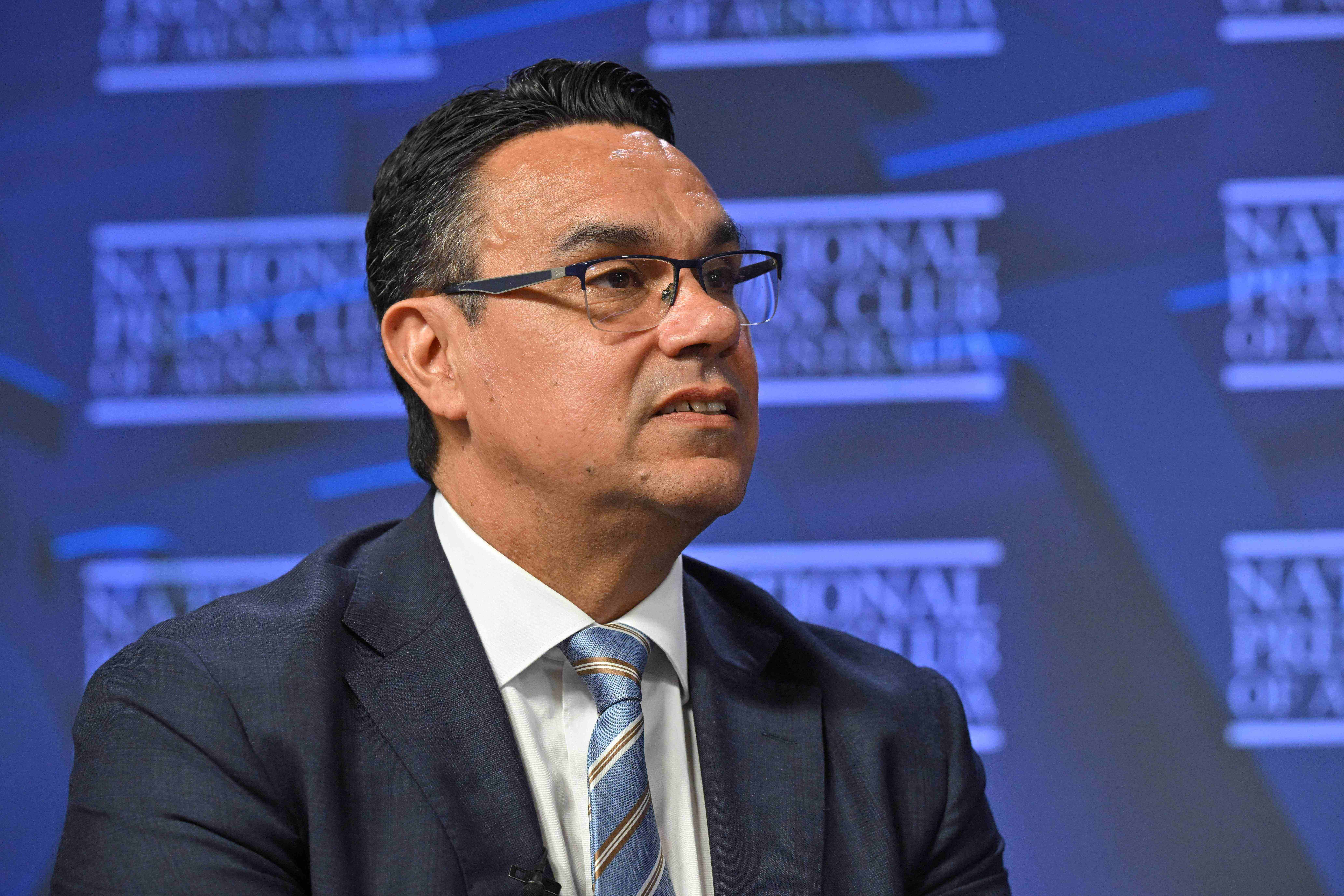Close to half of the cost of a new house and land package is government taxes, fees and charges, according to the Housing Industry Association, which is calling for an inquiry.
The HIA’s chief economist Tim Reardon says the government should urgently review productivity constraints.
His comments come as the Productivity Commission confirmed it is looking at review of the sector amid fears plans to build 1.2million homes Housing Accord over the next five years are already way off target.
“The Productivity Commission is commencing self-initiated research into productivity in Australia’s housing construction sector,” a spokesman said.
“This research will investigate issues that might be weighing on productivity growth in the sector, such as barriers to the adoption of innovation and scaling up, government regulation at the local, state and federal level, and characteristics of the construction workforce.”
Mr Reardon said a productivity inquiry was necessary because of the burden the government places on home building in Australia and not the efficiency with which the industry operates.
“An inquiry into productivity in the sector is important to highlight the imposts governments add to home building, which cause delays, add costs and reduce labour productivity,” he said, highlighting new National Construction Code measures that will add $25,000 to the cost of a new home.
Regulations add additional upfront costs and place restrictions on house designs that further reduce the supply of homes, says the economist.
“Perhaps the worst ‘own goal’ from governments is the imposition of taxes on foreign owned building companies,” he said.
“State governments impose punitive rates of stamp duty on foreign owned building companies that prevent them from developing new homes.
“If the goal is to continue to increase the level of pre-fabrication, the industry will require access to overseas finance, and the repeal of planning restrictions that prevent standardisation of materials and building systems.
“There are barriers in the design rules, approvals processes and financing arrangements, particularly for housing, that can make the use of prefabrication more difficult, if not impossible.
“These barriers are clearly impeding the productivity benefits that industry and governments understand and expect to flow from the prefabricated building sector.”
Just last month, three reports by industry bodies highlighted the risk of a shortfall to government plans to build 1.2 million new homes over the next five years.
The Property Council of Australia’s Matthew Kandelaars said: “If housing supply stays this low, we will only manage to build around 830,000 homes over the next five years, leaving us 370,000 short.
“If we don’t start increasing the pace, we will miss what should be an achievable target by a country mile.”






